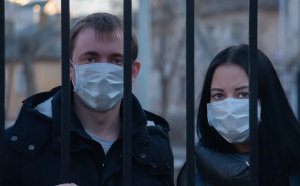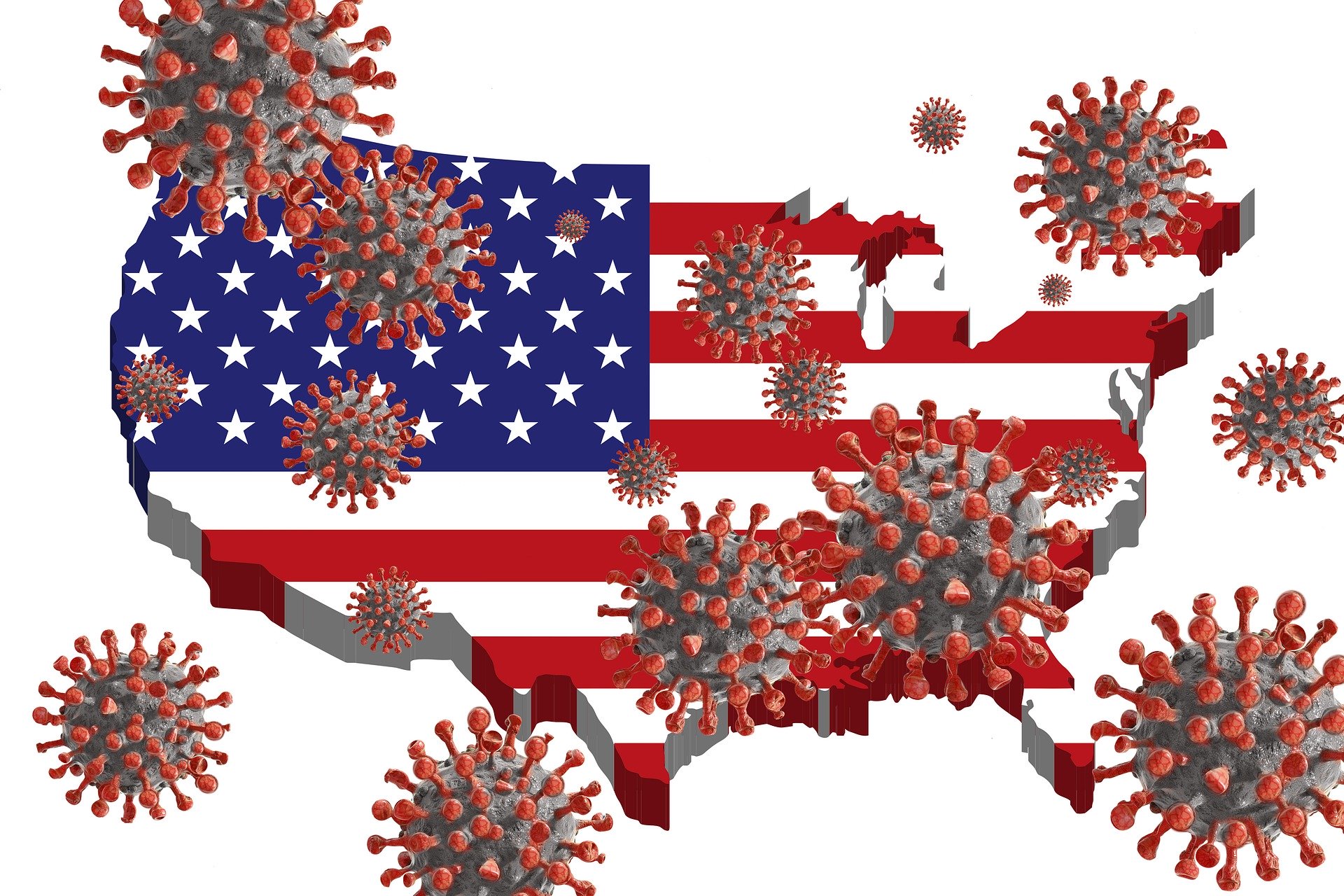The tides may finally be turning for minimum wage employees in America, which could in turn positively impact the rest of the world as well.
Unemployment in the United States of America has skyrocketed over the past few months. Job loss has been fueled by the spreading of COVID-19 and the subsequent economic downturn. The pandemic has forced a major number of event cancellations and store and business closures, so it’s unsurprising that 17 million people have already had to file unemployment benefit claims.
The situation may seem dire from these figures alone, but it actually gets worse. Overwhelmed websites and complicated bureaucratic protocols have prevented most of these newly unemployed people from applying for benefits. Others have remained nominally employed for now, but have suffered drastic cuts in their hours and wages.
Clearly, the American workforce is facing dire straits, and things are expected to worsen before they improve. Until the shutdowns ease and the pandemic is brought under control, people will not be able to work and circulate safely.
Change on the Horizon
However, as with all things, there is a silver lining. The immediate situation is concerning, but the events that are currently unfolding could eventually benefit minimum wage workers. To understand why we need to make a few educated predictions about the future using survey data and economic assessments.
Let us first take a closer look at the problem. Surveys are already showing devastating impacts from COVID-19 on workers, and especially those who earn minimum wage. The FT-Peterson US Economic Monitor poll conducted in March noted that a majority of US workers lost at least some of their income due to coronavirus-related factors.
The survey has shown a stark difference in impacts between income groups, but it might still be smaller than you’d expect. However, it seems that at least 20% of the poll’s respondents are now unemployed or working for ‘very significantly’ lower incomes than they were before the outbreak hit.
It should also be noted that the FT/Peterson poll is not based on random data. Instead, it focused on ‘likely voters’, so the responses were weighted to focus on the voting population rather than the working one. This could mean that nearly 75% of the electorate took some kind of pay cut, which would be significant for themselves and politicians, considering that 2020 is an election year.

Basic National Income a Possibility
This situation is the kind of occurrence that leaves voters less than impressed, to say the least. Both the Democrats and Republicans want something to be done about the wage shortages – and they should do it, lest the widespread loss of income shakes the economy to its core. Even conservative economists are now noting that softening the blow is paramount.
Ultimately, it is how political parties choose to soften the blow that really matters. Crisis-fueled policies tend to have unexpected side effects. As an example, the US Congress has temporarily offered a $600/week federal bonus to existing state unemployment benefits until the end of July, which constitutes a $15/hour full-time salary. The job in question is to stay at home and prevent the spread of COVID-19, and the ‘salary’ has also come as an attempt at implementing a national basic income.
Of course, it is possible that the end of July is reached and the unemployment rate will not have changed much. In this case, many have questions as to whether or not Congress and President Trump will cut these benefits for their millions of potential voters just a few months before the presidential election. Despite the President’s many other blunders in dealing with COVID-19, a cut seems unlikely, which means that the benefits could be kept on for a longer period of time and could eventually become a national minimum wage.
Congress has also recently implemented paid sick leave under specific scenarios. Many more US companies have started to provide similar benefits. These funds will be challenging to take away from employees, especially since crisis-fueled measures often become normalized after a while.
Discrepancies in Worker Benefits
The coronavirus has affected those who haven’t faced unemployment as well. Highly educated skilled workers have moved en masse to home-based work situations without too much hassle, but the same cannot be said for minimum wage employees in essential businesses.
As an example, let’s take a grocery store cashier. Cashiers used to make a mere $12/hour, but many employers have added another $3 to compensate for risk. The worker’s wages are now $15/hour, but they still risk catching the virus and taking it home to their families at the end of the day. At the same time, non-essential workers would be making exactly the same amount to sit safely at home.
Even worse, cashiers and other essential workers would need to be fired by their employers to enjoy the same benefits as non-essential workers. Quitting would disqualify them for those benefits, leaving millions of people trapped in potentially dangerous jobs without much say in the matter.
Eventually, those workers whose society depends on during this challenging time will stop accepting minimum wages. More effective vaccines and treatments for the virus will surface, and once its economic impacts have fizzled out, the tables may turn quite quickly.
A Trend of Improved Wages Post-Crisis
We are already seeing a spate of unemployed people adjusting their salary expectations and requiring high salaries thanks to improved government benefits. People who kept their jobs are also expecting higher pay, as the government benefits act as a larger minimum wage.
A recent study done by the San Francisco Federal Reserve Bank has looked at pandemics throughout the course of history and seen some interesting trends to cement this perspective. Pandemics have almost always led to improved salaries, even years and decades after the event. Pandemics, unlike wars, do not destroy infrastructure and capital – but they do impact labor supply. This makes workers much more valuable and gives them a reason to expect higher pay.
If this situation plays out after the coronavirus pandemic, it will reverse a deeply ingrained trend under which wages did not keep up with productivity growth levels. The tides may finally be turning for minimum wage employees in America, which could in turn positively impact the rest of the world as well.


Join the conversation!